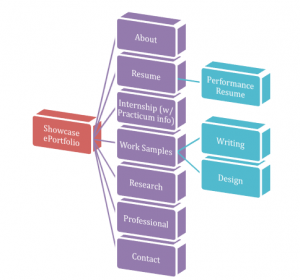AAD 585 Multimedia In Arts Administration
Biopic Assignment
Assignment Description: Students create a 2-4 minute video biopic or one based on a passion that represents who they are, an interest, etc… but the intent is to create a piece that demonstrates their knowledge of how to use video as a viable communication tool in their Arts Management area study; that it can be included as a work sample on their Showcase ePortfolio. Use of video and still images, and audio trackediting is encouraged, as are other content features and editing unique to this presentation medium. This will be exported in a Quicktime or MP4 video format at the Vimeo recommended export standards. Videos will be made accessible via Vimeo or another video sharing network.
[vimeo]http://vimeo.com/59129530[/vimeo]
This video, which I titled “20 Years in Record Time,” chronicles the last two decades of my life in photographs and music albums. I picked a photo that spoke to a major theme in that year for my personal development, and accompanied it with an audio clip from my favorite album of the year. This was incredibly challenging. Not only was choosing the pictures difficult (and I had to scan hard copies in of most), but cutting the soundtrack of each year to a mere 11 seconds was sort of painful. Music and people are the two biggest influences on my personal development, and I felt strange having to leave out some key individuals and albums due to the constraints of the project. But,it was still a deeply satisfying experience. This video is not, of course, exhaustive. It is a snapshot. I made the video with iMovie, and imported photos that I processed in Photoshop, as well as mp3s from iTunes. The sound editing was actually my favorite part. I considered adding captions to the photo or a voiceover describing them, but decided that since I couldn’t string them together into some cohesive narrative, the descriptions would be forgettable and therefore, inessential. I think the video does manage to reflect where I’ve come from and who I am now–and how music has shaped and supported me throughout the years.
